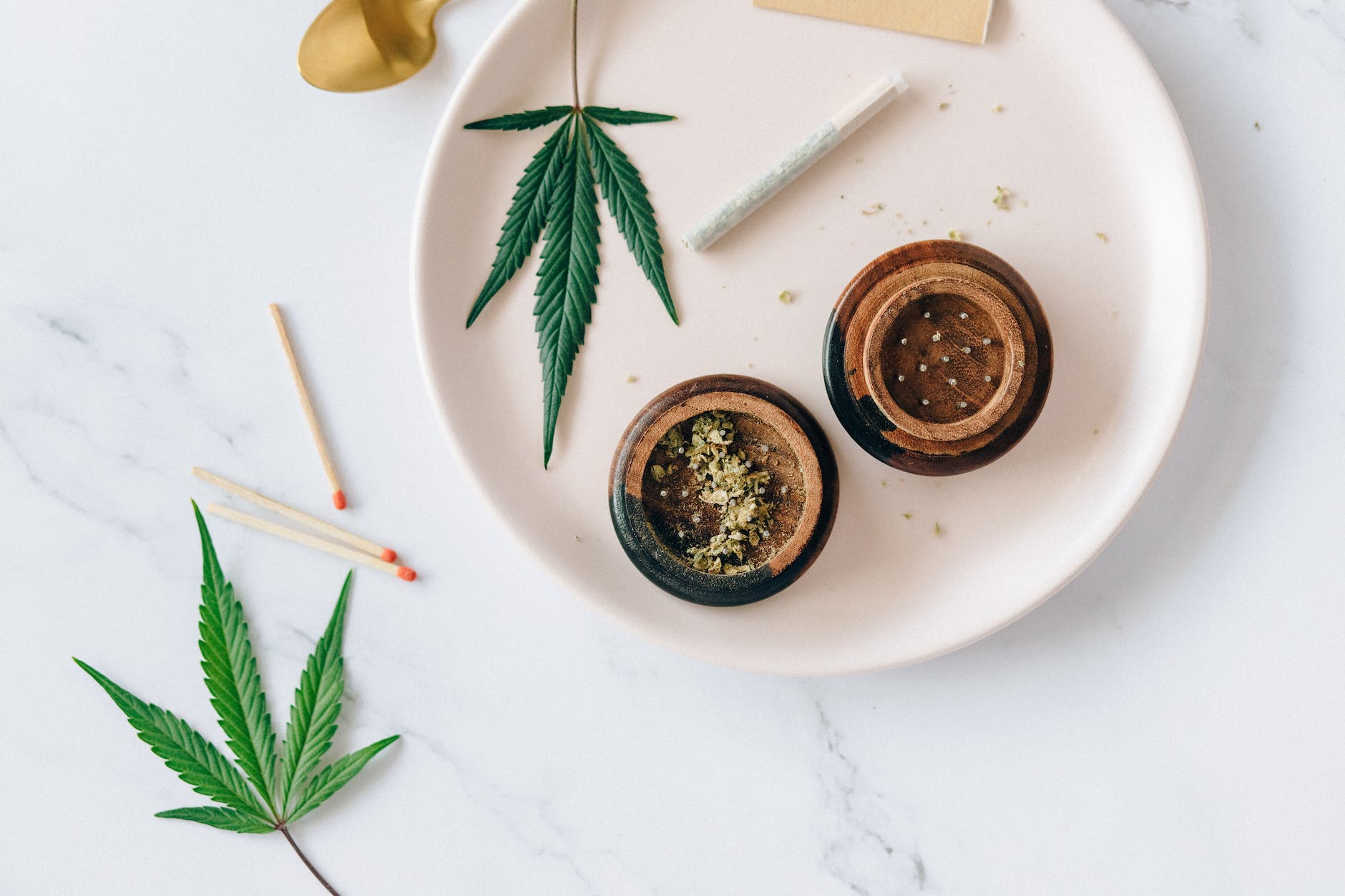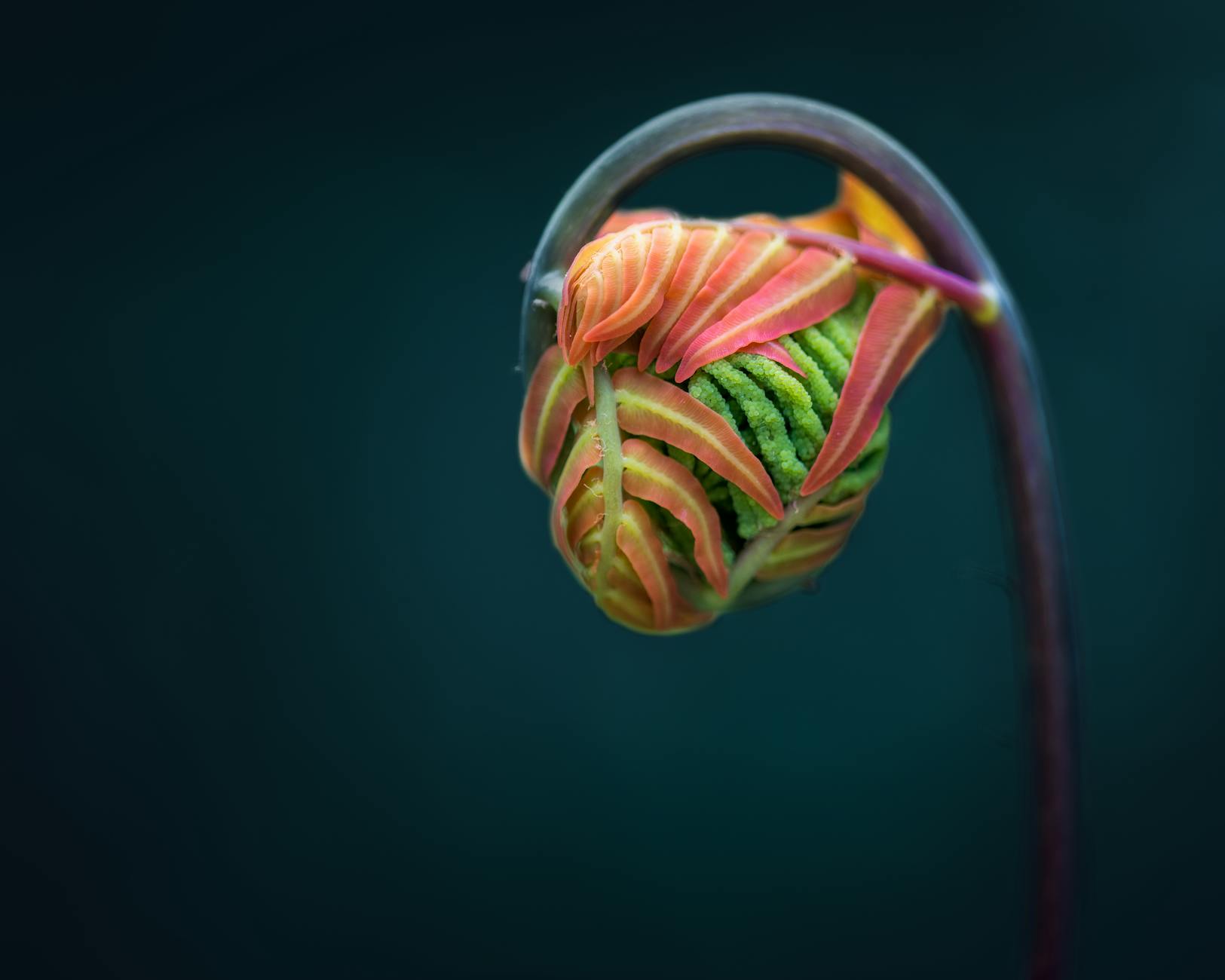For centuries, artists, musicians, and writers have sought ways to expand the horizons of their creativity. Imagination, after all, is the lifeblood of artistic expression. This often involves introducing outside catalysts to stimulate their thought processes or to lend greater profundity to their creations. One such catalyst that has been synonymous with the arts community for generations is cannabis. The relationship between cannabis and creativity is one that continues to intrigue academics, with numerous studies demonstrating the potent influence that this plant can have on artistic inspiration.
The idea of cannabis for inspiration is, of course, not new. From Parisian artists of the 19th century to contemporary icons of music, art, and literature, the influence of cannabis has been widely acknowledged and celebrated. So what is it about cannabis that seems to unlock this wellspring of creativity?
Research has indicated that one of the major impacts of cannabis is the enhancement of “divergent thinking”, a process that involves thinking in an original, non-linear manner. This is a key element in the creative process, essential for the generation of new, artistic ideas (source).
A subfield where this can be particularly seen is in cannabis and art therapy. The relaxed state induced by cannabis can be beneficial in reducing self-consciousness and inhibition, allowing artists to freely express their emotions. Moreover, it is also believed that the drug has the ability to enhance visual perception, leading to a richer, more vibrant appreciation of colors and shapes (source).
Music as well has long shared a compelling relationship with cannabis. From the jazz musicians of the 1920s to counterculture icons like Bob Dylan and John Lennon, many have credited their heightened creativity to cannabis use. The link between marijuana and music production is especially significant. Studies suggest that cannabis’s impact on the brain can result in increased appreciation of music, heightening auditory senses and altering perceptions of time, which could be instrumental in creating and experiencing music (source).
As for writing, the impacts of cannabis on this art form can be seen too. Several celebrated authors, poets, and songwriters have acknowledged using cannabis as a tool for breaking down conceptual barriers and approaching their work from fresh, innovative perspectives. To understand the influence of cannabis and the writing process, it’s helpful to observe that cannabis can help in fostering introspective thought, encouraging a deeper exploration of one’s own experiences and emotions (source).
However, it’s crucial to note that while cannabis can serve as a tool for enhancing creativity, it doesn’t create talent where there is none. The connection between cannabis and creativity is a complex one, and its effects are likely to be subjective, varying from individual to individual. Care and moderation are essential when employing any substance as a creative aid.
In conclusion, the underlying relationship between cannabis and creativity is one that bears further exploration, but there is no doubting its influence on the arts. The utilization of cannabis in enhancing the creative faculties in music, art, and writing is well-documented, displaying the extensive impact this multifaceted plant has on various forms of artistic expression. As our understanding of the substance deepens, so too may our appreciation of the role it plays in the creative process.



